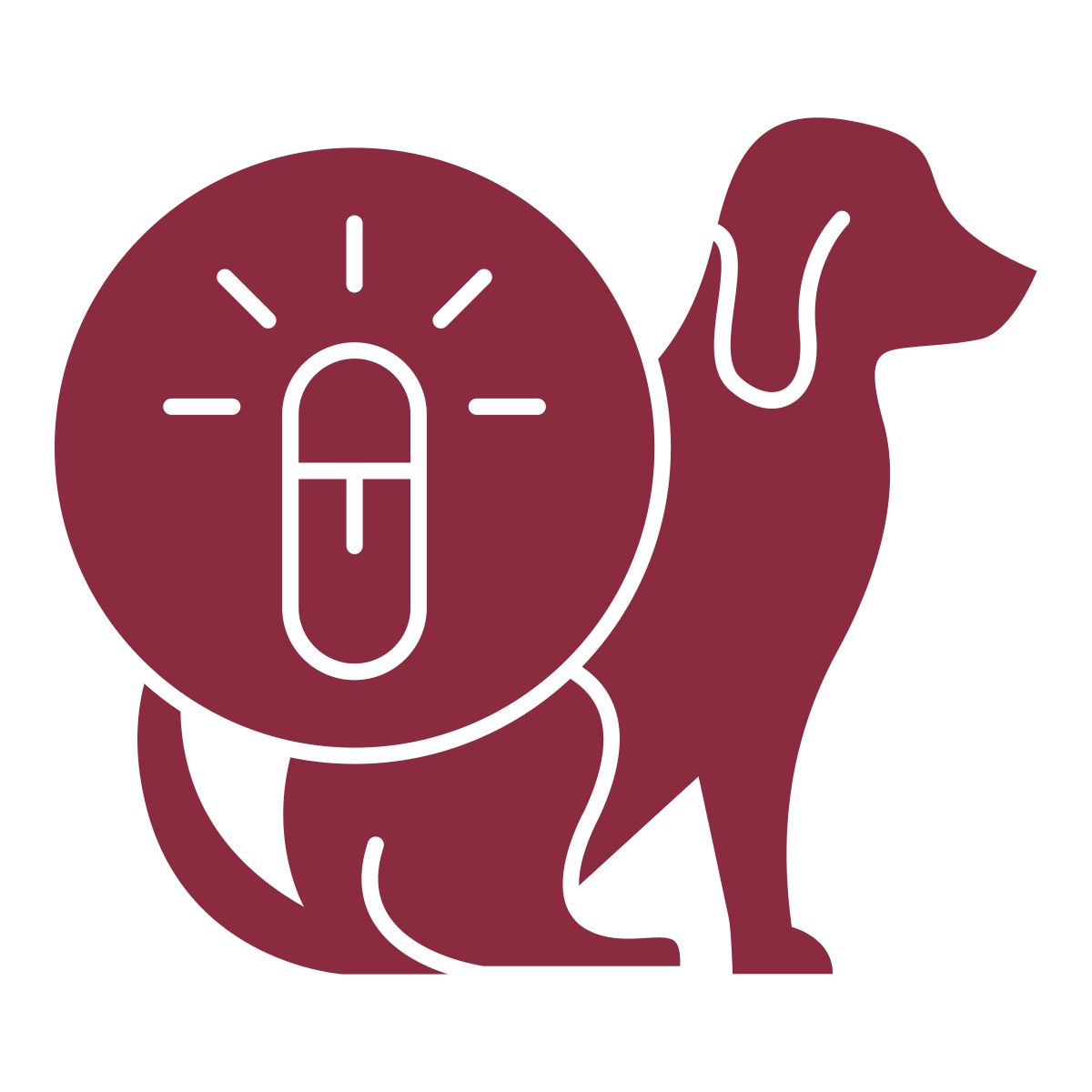
Ultrasound!
Here at POVS, we strive to bring you state-of-the-art medicine and diagnostic testing.

Surgeries
Many people have questions about various aspects of their pet’s surgery, and we hope this information will help.

Dental Cleanings
Did you know that periodontal disease is the most commonly diagnosed condition in adult dogs and cats?

Laser Therapy
Laser therapy is recognized as a safe and effective treatment modality with a proven track record for a wide variety of conditions.

Senior Pet Wellness
Senior Pet Wellness visits are essential for pets as they age because they provide an opportunity to detect diseases in their early and most treatable stages.

Microchipping
Dog and cat microchipping is a simple procedure. A veterinarian simply injects a microchip for pets, about the size of a grain of rice (12mm), beneath the surface of your pets skin between the shoulder blades.

Gastropexy
This procedure is designed to prevent Gastric Dilatation-Volvulus (GDV), commonly known as “bloat,” a serious and potentially fatal condition affecting large and deep-chested dogs.

Cancer Screening
Here at POVS, we are excited to introduce the HT Vista, an innovative artificial intelligence-based cancer screening device for dogs!
